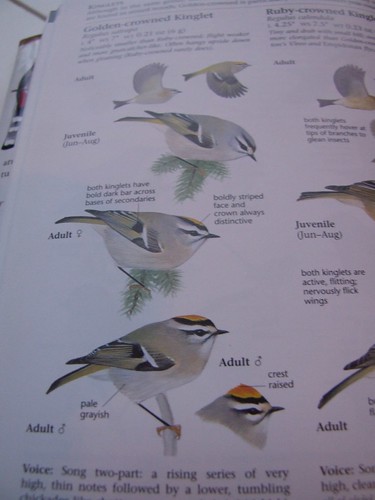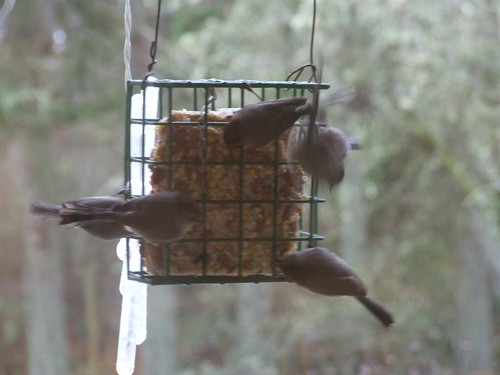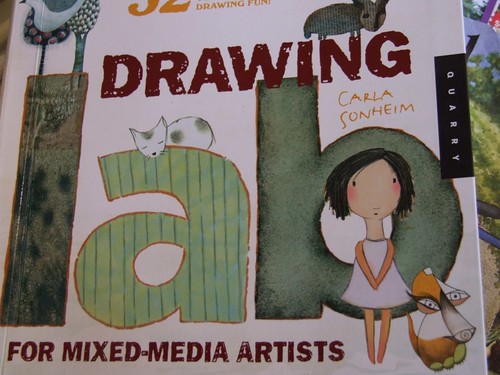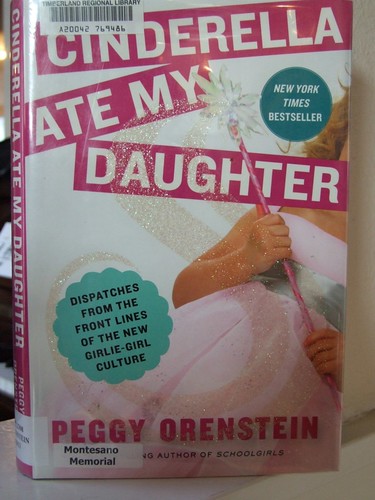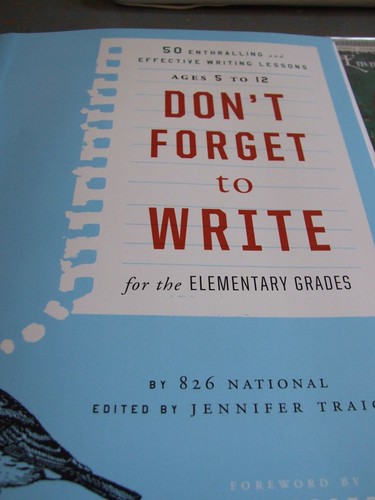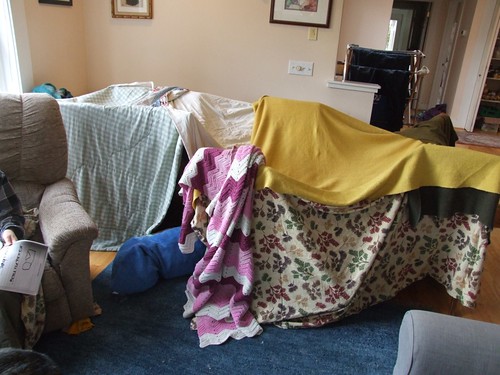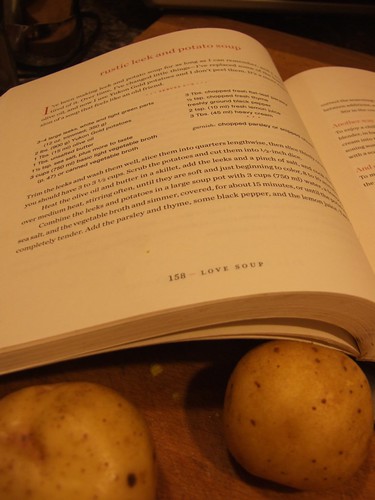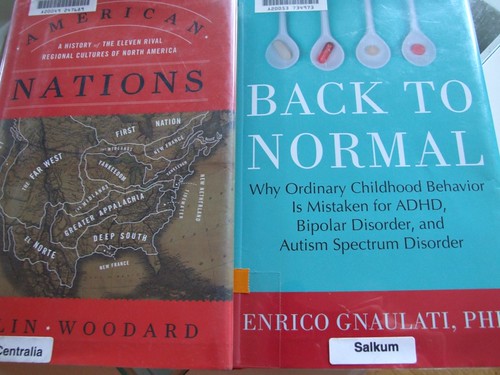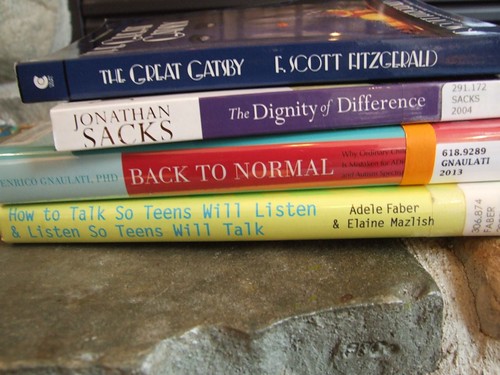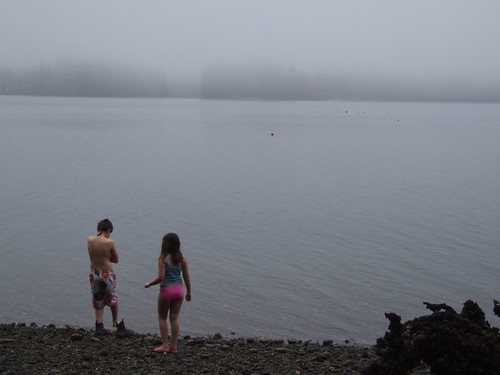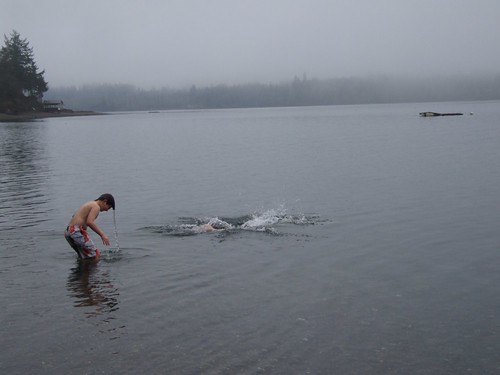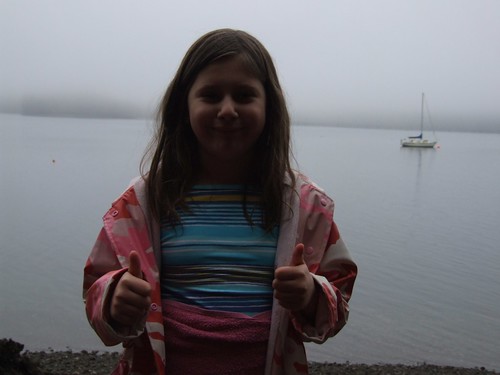Every now and then I like to just log what a day in my life looks like. This is not necessarily a "typical" day. (I'm not sure I have typical days). We do not have big church dinners every night - they happen about once a month. I do have evening meetings at church at least 4 evenings every month, sometimes more. And this day was unusual in that we skipped the kids' extracurriculars in order to make the day work, because they conflicted with the church dinner.
But this is what our life looked like yesterday, for what that is worth.
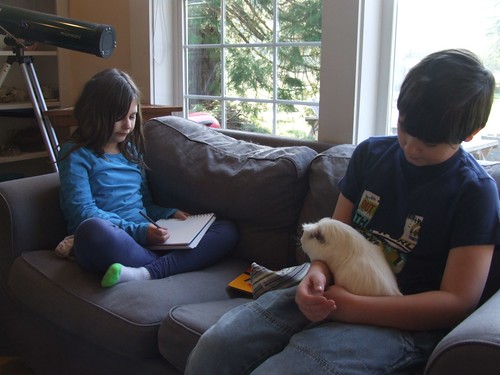
6am, my alarm goes off, but I push the snooze button. I hear my husband up and heading out for his day, but sleep through that.
7am, I actually wake up, and realize I've missed my husband's departure for work and that my son (whose "computer day" it is) is up and on the computer already. I get up and make some coffee, and take care of my morning routine, etc.
7:30, my daughter gets up and begins to watch some videos, my son heads out doors to take care of all our animals, and I call my mother to chat and to discuss the last four books of the Bible that we've been reading for
Mother-Daughter Bible Study.
8:00, I break off my conversation with my mother so I can call and cancel a doctor's appointment. Then I call the kids in to go over their school planner's together and decide what needed doing today.
8:15, we begin a bit of schoolwork: my son does some piano practice, then starts trying to catch up on physics lessons (we were behind because of some sick days last week). My daughter wanted to work on an Animal Presentation we have coming up at the end of the month. I read her a book about her animal of choice, then she began to copy out a bit she wanted to put on her poster board.
8:45, I threw a load of laundry in the washing machine, and then made some photocopies of school work to be done, and started to pack backpacks with other school work. My kids finished their work and each took a bit of a break (one on the computer, one with an audio book to listen to).
9:00, I call them in to do one of their Drawing Labs, this one to sketch pets.
9:20, we pack the rest of our stuff up and head off to church (for work).
9:50, we arrive at church, the kids set themselves up in a classroom (building with blocks and watching a documentary about the space race on netflix) while I get to work at my desk, mostly cleaning up from Sunday and recording attendance numbers, also calling people back who left messages and sending reminder messages to my childcare team for the evening.
11:00, an appointment arrives to talk to me.
11:40, I am done with my appointment, gather up the kids, and head out to get some lunch.
11:50, we order our sandwiches at a local shop that uses gluten-free bread. I spend the waiting time reading
Growing Souls, a book I'm reading for work, while the kids occupy themselves drawing on napkins and chatting with each other about space travel.
12:15, we get our sandwiches and leave, also picking up my husband's drycleaning from the shop next door.
12:30, it's back to work, eating my sandwich at my desk while I work on writing up a report and a lesson plan, and the kids watch a DVD on the TV in the corner of my office while they ate their sandwiches.
1:15, my kids head off to a classroom (where they do some of the homework I packed in their backpacks and also just play with some wooden blocks and plastic animals), and I have a meeting with our minister.
1:30, I get back to my desk and get to work sending emails to prep all the teaching and volunteer teams for the coming Sunday and attend to other little admin tasks.
3:00, I gather up the kids again and head back home to let my dogs out of their crates.
3:15, we stop at the library to drop off books and pick up those that have come in on hold.
3:45, back home. Quick care of animals, then my son got on the computer (it's his computer day, we alternate). My daughter watched a science DVD I had assigned, then did violin practice. While she was watching the DVD, I quickly wrote my weekly email to church parents from my home desk.
4:15, I called both kids in to do a spanish lesson (on DVD) while I folded laundry off the drying rack and hung up wet laundry to dry.
5:00, I supervised the kids doing some chores: washing dishes, taking out the trash, tidying up.
5:15, we left to head back to church. We listen to our current audiobook,
The One and Only Ivan, in the car.
5:45, arrived, I did some work at my desk (writing up a Parent Info sheet for our upcoming OWL class)
6:00, a community night dinner began at church. The kids and I got food, they headed off to the nursery to eat in there and play with their friends, while I joined a table of congregants and chatted.
7:00, the educational program for the evening begins. The Pastoral Care team arranged for a guest speaker on Disaster Preparedness, and two volunteers have also designed a kids program about it. My kids got to do the kids program, but I unfortunately had to head into a Program Council meeting instead of learning all the things I should be doing at home for Disaster Prep. The kids will have to tell me what we're doing wrong.
7:50, there is a break in the meeting I am attending, which fortuitously coincides with the end of the children's program so I am able to thank the two volunteers, check in with my nursery staff, and help my kids transition to independent hanging out time in my office. They had my laptop from home, so they watched another episode of the NASA space race documentary series. I also take some time to help someone who popped into church hoping to figure out how to use the church laptop for a presentation she is doing on Saturday.
9:15 The meeting runs late, so it's pretty late when I can finally tell the kids to pack up. We listen to our current audiobook,
The One and Only Ivan, in the car on the way home.
9:45 We get home. My husband has spent the evening alone as a chance to catch up some work at his computer. The kids say they are still hungry, so we feed them some leftover soup, then they have to do their evening chores and routine.
10:15 The kids are in bed, my husband and I chat a bit, then put on an episode of
Dexter. I set up my laptop on my lap and write up the draft of my Take Home email that goes out after the Sunday lessons with extension questions and suggestions.
11:15 My husband heads to bed. I start writing this blog post, but give up and go to sleep about midnight.
And that's a wrap!


